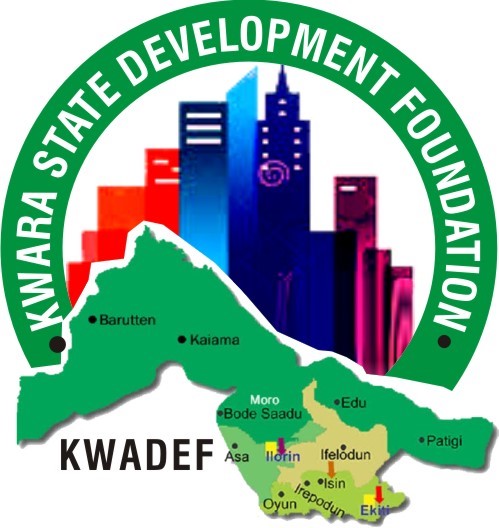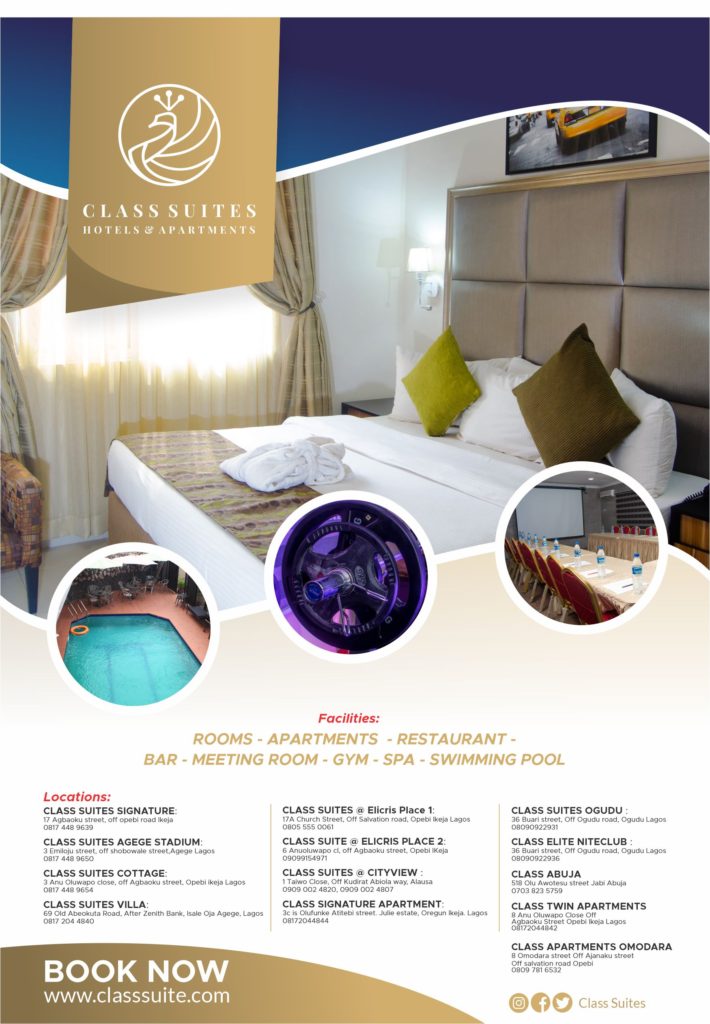Metro
2020 WORLD TOURISM DAY: KWADEF URGES KWARA TO TAP INTO THE NEW GOLD MINE

As the Tourism World marks this year’s edition of the World Tourism Day, Kwara Development Foundation, KWADEF has urged the Kwara state government to tap into the abundant tourism potentials of the state and unleash it to development the state.
In a statement by the group’s president, Dr. Kolawole Afolabi, KWADEF observed that the reality of an economy without reliance on crude oil earnings has become one of the fall-outs of the Covid-19 pandemic.
Afolabi explained that since Kwara state plays no direct part in this petroleum-based economy except as a recipient of federal revenue, the government should therefore key into the new reality and tap in to the new gold mine which tourism represents worldwide.
KWADEF identifies tourism landmarks in the state include:
Owu Waterfalls: This is one of the highest and most spectacular waterfalls in West Africa and is sometimes referred to as ‘wonder in the wildernesses. Also at Ora, we have the ancestral Rocky mountain similar to Olumo rock in Ogun state.
Awon Festival: This is held annually at Shao, in remembrance of Awo goddess. During the festival all marriageable girls are given out in marriage in one day.
Emir’s Palace: Located at Oja Oba market in Ilorin, the palace (official residence of the Emir of Ilorin) that was built in 1993 is a popular tourist attraction. Visitors can be shown round by the palace guards known as Dongari who wears red and green outfits and turbans. There is also the annual Durban at every Sallah.
Ilorin Central Mosque: The first Ilorin central mosque was founded in 1820. The present central mosque is an architectural masterpiece that attracts visitors from all over the city and beyond.
Dada Pottery, Ilorin: Located at Okelele Quarters in Ilorin, Dada pottery workshop is one of the biggest traditional pottery factories in the country. Other pottery making centres are found in Okekura, Oloje and Abemi.
Mungo Park Cenotaph, Jebba: Mungo Park, a monument erected in memory of the activities of the European explorer is located in Jebba between the twin Jebba bridges.
Esie Museum, Esie: Located in Esie, a town 53km southeast of Ilorin in Irepodun LGA is the first museum in Nigeria established in 1945. It houses thousands of unique stone images that were found in 1775. Many myths surround the historical origin of these images that tell a lot about an older civilization. The museum houses the largest number of stone images in Black Africa.
Patigi Beach, Patigi: Patigi is located along River Niger and enjoys a bounteous stretch of sandy beach currently used by local fishermen. The regatta pavilion is constructed on the beach and together with the recently constructed regatta complex.
Ahoyaya Falls, Jebba: Located in Jebba, Ahoyaya falls is a pleasant site in the rainy season. Its framing waters descend on the blackish rock in a confusing pattern whose beauty and perfection could not be described by the dexterous brush of any artist.
Other places of interest include Owe Kajita falls, Tomb of past Emirs and Obo Aiyegunle Lakes
The group maintained that Kwara state stands a great chance of surviving the current economic downturn facing the entire globe, if the government can focus more on cultural tourism.
It therefore advises the State to forge a solid partnership with foreign countries in developing and marketing tourism in order to enhance the patronage of local and foreign tourists
Continue Reading






















